Universal Cage therapy unit – Spider Therapy
The universal exercise unit, commonly referred to as the spider cage, is a structure used in neuropediatric rehabilitation to allow active and self-initiated movements and high-intensity practice of functional tasks for children with motor disorders. The spider cage helps to improve muscle strength, postural control, coordination, balance, and motor function skills.
The structure is an open metal cage equipped with pulleys, weights, straps, and elastic cords that help therapists to control the amount of sensory input, support or load needed to progress with treatment. “Spider cage” is a name given by children who were being treated in suspension systems with bungee cords.
₨150,000.00
The universal exercise unit, commonly referred to as the spider cage, is a structure used in neuropediatric rehabilitation to allow active and self-initiated movements and high-intensity practice of functional tasks for children with motor disorders. The spider cage helps to improve muscle strength, postural control, coordination, balance, and motor function skills. It is the essential and advance tool that is being used in all state of the art institutes for special children in Pakistan.
The structure is an open metal cage equipped with pulleys, weights, straps, and elastic cords that help therapists to control the amount of sensory input, support or load needed to progress with treatment. “Spider cage” is a name given by children who were being treated in suspension systems with bungee cords.
Indications, and contraindications for spider cage strategies
Spider cage strategies can assist children with motor disorders resulting from neurological impairments, such as cerebral palsy, neuromuscular disorders, developmental delays, and genetic syndromes. Such strategies can lead to the following outcomes:
- Improved flexibility and muscle strength;
- Increased active range of motion of joints;
- Improved coordination and balance;
- Increased motor repertoire; and,
- Promoting motor planning and motor learning of daily functional skills.
A trained and certified therapist needs to be entrusted with the safe handling of the cage set and accessories, and tasked with planning the most appropriate therapeutic activities for each child.
Each child must be evaluated individually to verify their eligibility for spider cage strategies. The dynamic loads featured in such strategies can increase the risk of injury in certain cases, including in children with severe scoliosis and hip dislocation or hip subluxation greater than 50%. Considerable precautions should be taken with children with uncontrolled seizures, cardiac conditions and osteoporosis.
Cage sets and uses
The metal grids of the cage are equal in length, width, and height, and are used for fixing elastic bungees and/or rigid ropes with pulleys that are ultimately connected to special belts placed on the child. This allows the child to maintain the desired position with minimal therapist support while facilitating motor tasks training, as the system can cue the child to perform self-initiated movements and find their body balance.
The dynamic cords enable the therapist to tailor the amount of support given, with partial or full weight-bearing, to the child’s skills. A key therapeutic goal is to gradually decrease the amount of support provided for the child to achieve greater motor independence.
When the child realises that they can maintain a posture without support from the therapist, their self-confidence and motor autonomy awareness increases. These emotional factors, coupled with playfulness and repetitions, make the session ideal for integrating brain skills associated with the trained function.
The cage can also be used for isolated muscle strengthening with a system of weights attached to cables and pulleys. Following assumptions about muscle strengthening in children with cerebral palsy and therapists’ extensive experience, load training should be conducted immediately before functional tasks training. This stimulates the brain pathways that activate the target muscle, which will spring into action along with the other muscles involved in a functional task.
Therapeutic actions in the cage
Many tasks can be performed safely through the spider cage, as it enables therapists to better control stimulations.
Some of the activities commonly performed in the cage are ‘flying’, ‘jumping’, ‘squats’, ‘crawling’, transitions such as ‘sit-to-stand’ and ‘kneeling to half-kneeling and standing’, postural control sitting or standing, and walking and its variations like going up and down the stairs.
When the child is ‘flying’, or swinging suspended in the prone position, they are being stimulated, through vestibular input, to activate the entire muscular extension chain against gravity. This challenging job can be made more accessible and motivating by associating it with manual tasks like grabbing a bar, pressing buzzers, or catching or throwing balls.
‘Jumping’ is a favorite spider cage activity among children that promotes the strengthening of the extensor muscles of the lower limbs and proprioceptive and vestibular inputs for vertical postural control. It is an entertaining therapeutic activity that is often combined with playful practices.
Postural transitions can be trained, with minimal handling by the therapist, through games like picking up toys from the floor and placing them in a net, basket, or box positioned on top. This kind of task in the spider cage favors the acquisition of brain skills by increasing the child’s motor repertoire.
During the standing posture activities, the spider cage encourages the child to actively find their balance point and hence stimulates the control of the trunk in alignment. In these exercises, the use of ankle and foot orthoses is mandatory for children who do not have control over these joints to promote weight unloading and proprioceptive input for adequate bone modelling. Some children may need the additional support of gaiters on the lower limbs to prevent the collapse of the ankles and knees and thus reduce the degrees of freedom from the task, isolating the stimulation of trunk control in an upright position. Playful activities can assist in this strategy, such as playing with bubbles, balloon, or games on the iPad.
When a treadmill is placed inside the spider cage, the rope system acts as a harness. This can be rigid or elastic, depending on the child’s level of functional ability and their stage of gait rehabilitation. Elastic bungees can also be placed transversely inside the spider cage as unstable handrails for dynamic balance training of the gait.
The use of spider cage complements traditional strategies to allow children to be more engaged, independent, and entertained during physiotherapy sessions.
Benefits of spider cage strategies
Including spider cage strategies in a child’s physiotherapy sessions offers the following benefits:
- The tailoring of loading and unloading exercises to the child’s skill level and therapeutic demand;
- Promoting functional training with partial or full weight-bearing depending on the stage of learning the trained skill or medical restrictions for weight-bearing;
- Offering variated sensory input; and,
- Promoting interventions that are proven to yield optimal results for children with motor disorders, such as the practice of real-life tasks and activities, active and self-initiated movements, high-intensity practice, and motivating playful.
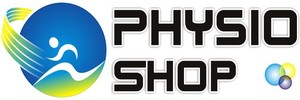

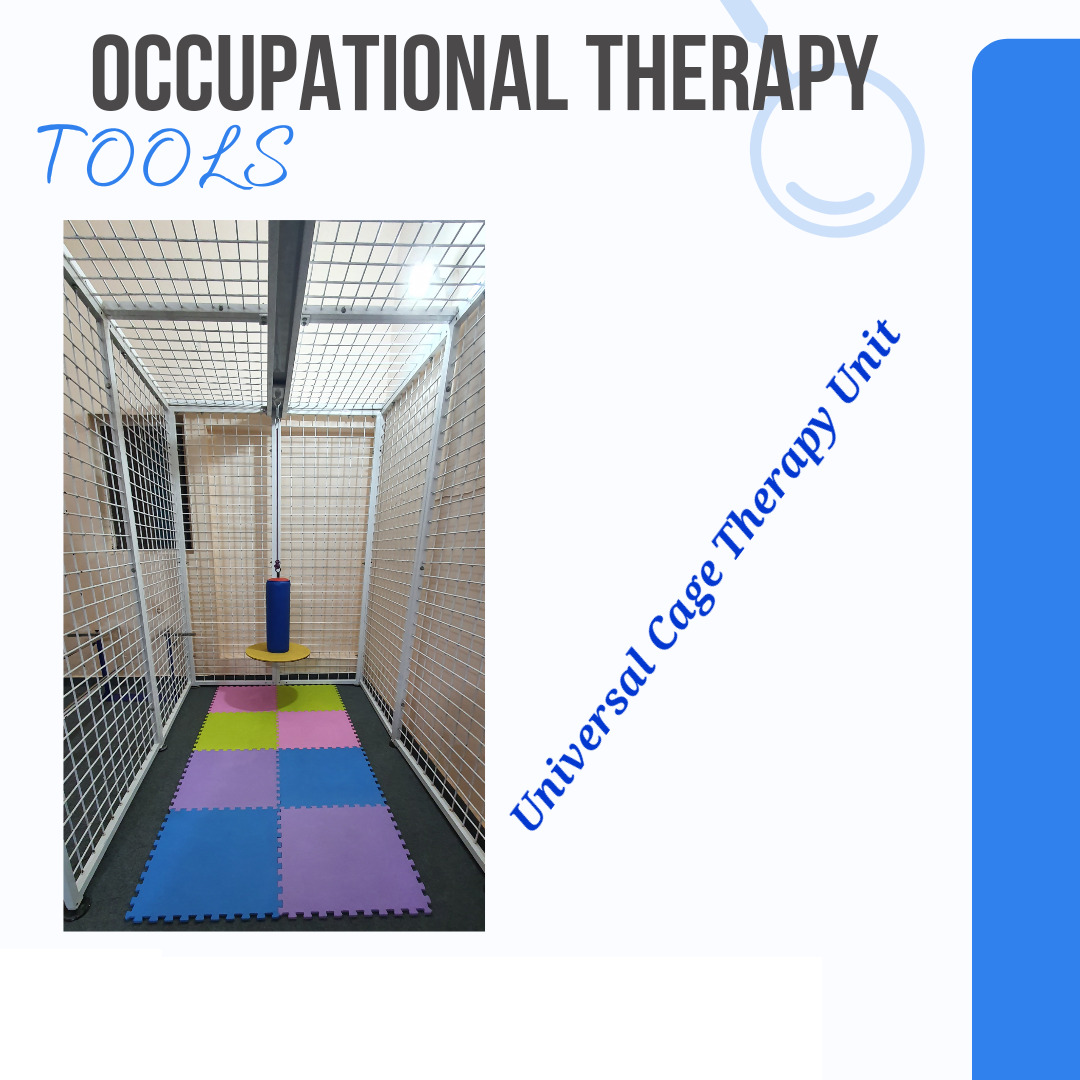
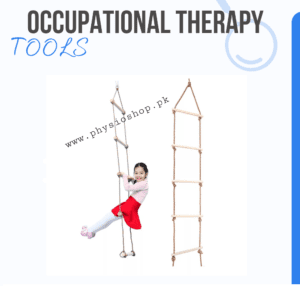
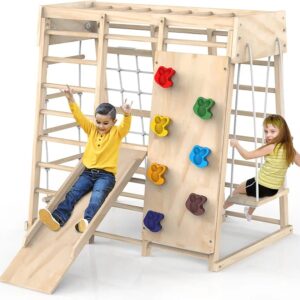
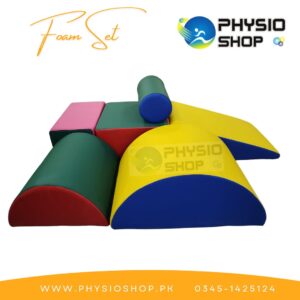

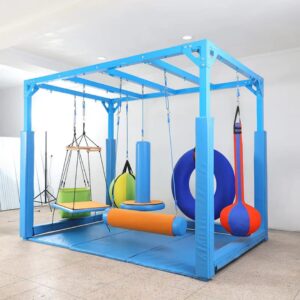
There are no reviews yet.